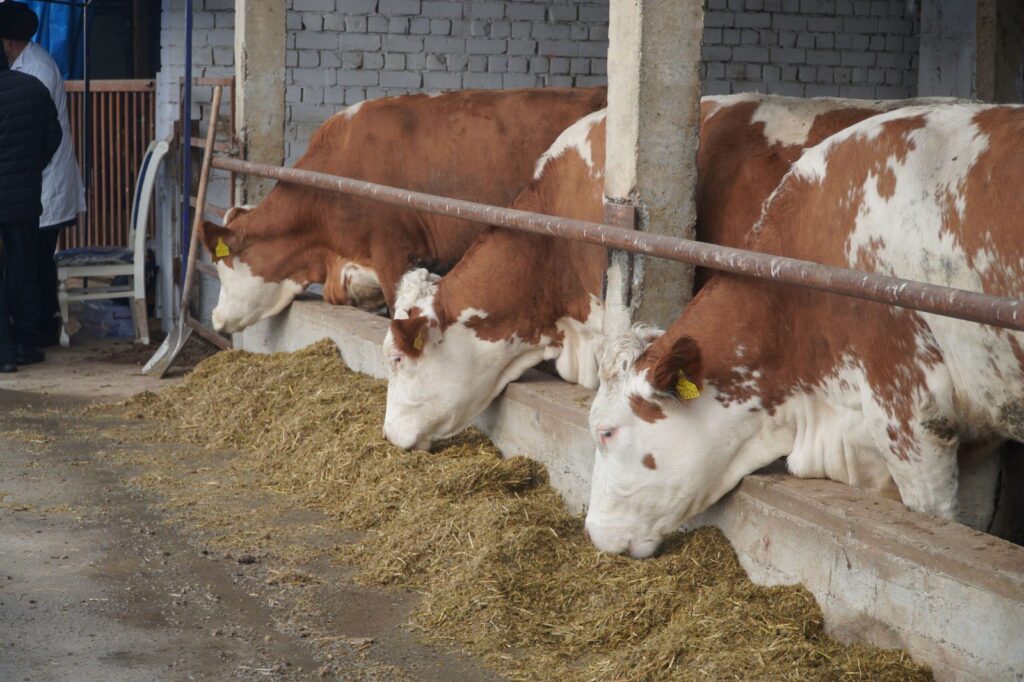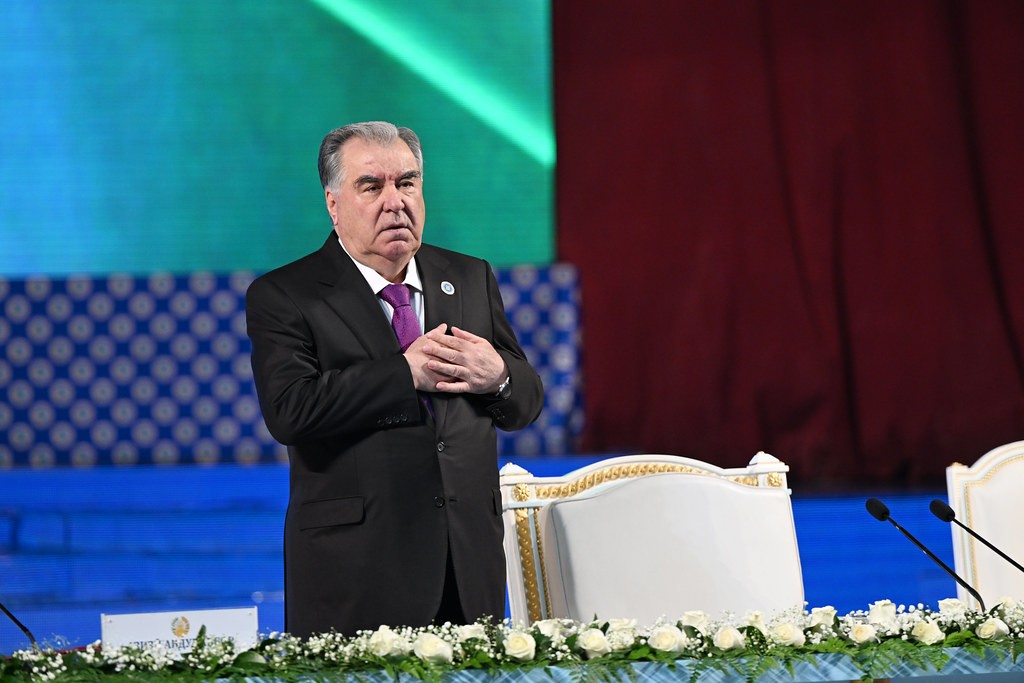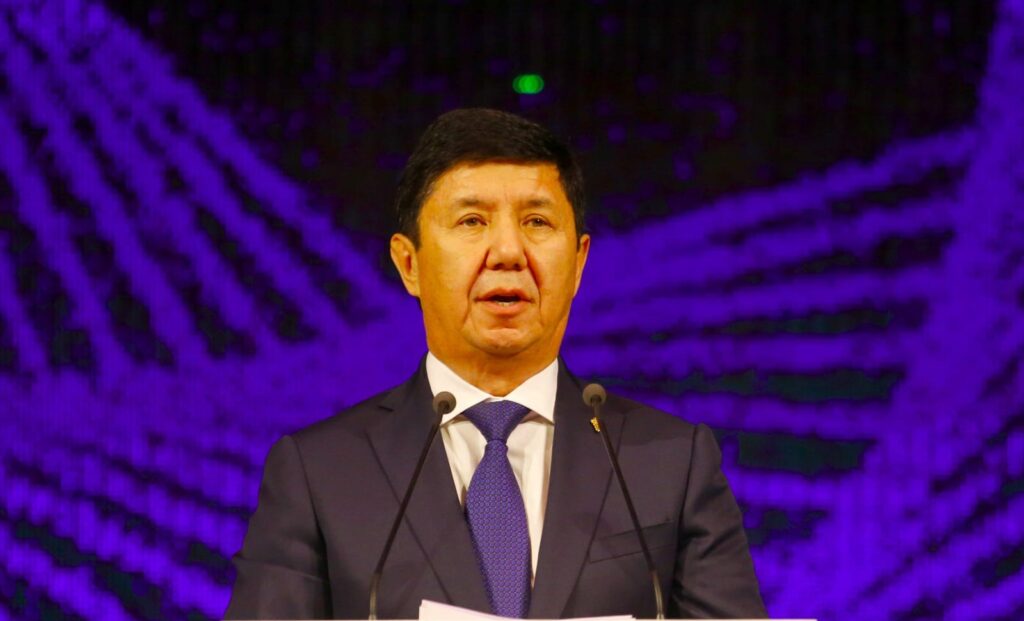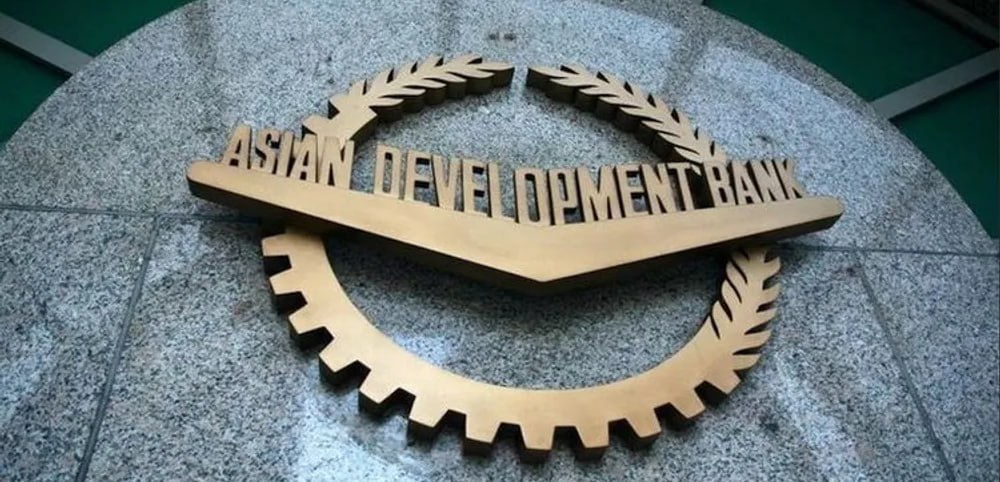U.S. Government Supports Kyrgyzstan’s Dairy Sector
The United States government, through the United States Agency for International Development (USAID), is advancing Kyrgyzstan’s dairy industry by supporting cattle management, fodder cultivation, and artificial insemination initiatives. These programs will benefit over 500 people in the southern regions of Kyrgyzstan, according to a report from the U.S. Embassy in Bishkek. USAID’s Agro Trade Activity has provided dairy processing equipment valued at 4.6 million KGS ($33,786) to PE Begalieva, a local producer in the Jalal-Abad region specializing in kurut (dried yogurt balls), butter, and kefir (fermented milk drink). This investment has increased the company’s processing capacity from 1,000 to 4,000 liters per day and expanded its product range from seven to 12 varieties. The partnership will also facilitate exports to Uzbekistan and train over 300 households on modern cattle management and milking technologies. In Osh, USAID has equipped TES Center, a local advisory service provider, with milking and extruder equipment worth 1.1 million KGS ($12,650). This will enhance their training programs for over 100 farmers on fodder cultivation and dairy cow husbandry. Additionally, Public Foundation Tybyt Kashmir received artificial insemination equipment valued at over 1 million KGS ($11,500), including cryogenic storage, a microscope, an ovulation detector, and a veterinary ultrasound machine. These tools will be used to train 54 livestock graders and 65 veterinarians in the Osh, Jalal-Abad, and Batken regions to master artificial insemination techniques. Over the past four years, USAID has supported 17 dairy companies in southern Kyrgyzstan, benefiting over 4,200 households and creating more than 3,500 jobs. This has led to increased sales and exports of dairy products. Kyrgyzstan produces more than 1.7 million tons of milk annually but processes only 2.5% of its production. The cost of raw milk is lower in Kyrgyzstan compared to neighboring Kazakhstan, providing an opportunity for cost-efficient production. While foreign ownership of Kyrgyz farmland is prohibited, joint ventures with local landowners could help reduce production costs and ensure a stable supply of raw milk. Local inefficiencies have historically resulted in Kyrgyz consumers relying on dairy products from more expensive producers in Russia and Kazakhstan. However, Kyrgyz producers are closing the gap. In 2020, dairy exports nearly doubled compared to 2016 levels. Exports to Uzbekistan surged in 2022, reaching 746 tons, contributing to a total of 31,000 tons of dairy products exported for $49 million that year. Kazakhstan remains the largest export market, followed by Russia, Uzbekistan, and Tajikistan. Additionally, 13 Kyrgyz companies received certifications in 2022 to export dairy products to China, marking a significant step in expanding the sector’s international reach.






